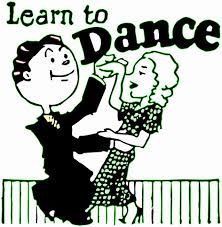Third year marks the start of my journey into early Years, concluding with an early years placement. My feelings are a mix of nerves and excitement. During my experience at my local school during high school and my 1st year placement at University, I have always worked with primary 4/5. This is a whole new experience for me, but one I am looking forward to and aim to make the most of. My experience with younger children is very limited, so my only apprehensions towards this area is the fear of the unknown. Working with early years children will be a vital experience for me and I understand that I will make mistakes, but it is imperative that I use these and learn from them in order to improve.
Early years is such an interesting and exciting area of teaching and it requires so many different skills. Children are at the very start of their school journey and going from a primary 4/5 class who could all read and write to a good enough standard, to children who may not be able to read or write at all will be a definite challenge that I will have to overcome. However, overcoming new challenges and experiences is all part and parcel of teaching. This is where reflection and professional reading will help aid my practice and overall development as a teacher. Teachers also need to adapt to different needs of every child and no day seems to be the same from what I have learned so far. I understand that the level of interaction will be completely different and the type of learning that the children will take part in will be unique and it is something I know I will need to get use to and adapt to in order to give children the best possible learning experiences.
I have always been a firm believer in active learning, where children are engaged and learn through ‘doing’ as well as outdoor learning and believe they are both vital for children’s development. Using exploration and investigation leads to fantastic opportunities for the children to be massively involved in their own learning as well as more importantly, allowing children to be children. I hope to implement all the knowledge and experience I have gained over the last 3 years, as well as my outdoor education placement to make learning as active, interesting and effective as possible.
I hope my understanding of this area will expand over this semester and I plan to do some reading on different aspects of early years to improve and develop my own practice and deepen my understanding in order to become the best teacher I possibly can. I expect this semester to provide fantastic opportunities and I hope to apply all knowledge gained to my placement in a few months.
Overall, this is a huge new experience for me and definitely out of my comfort zone, but I am thoroughly looking forward to learn all about early years and develop my own ideas, thoughts and overall practice.








